As a prepper, I’ve learned that being ready for any situation means more than just stockpiling food and water. Knowing how to keep yourself and your loved ones alive and safe in an emergency is just as critical. First-aid is one of those skills you hope you’ll never need but will be eternally grateful for when the time comes. Whether it’s a small accident or a full-blown crisis, these lifesaving first-aid techniques are invaluable tools in any prepper’s kit. Let’s take a look at the ten most essential first-aid skills that could make all the difference in an emergency.
How to Perform CPR
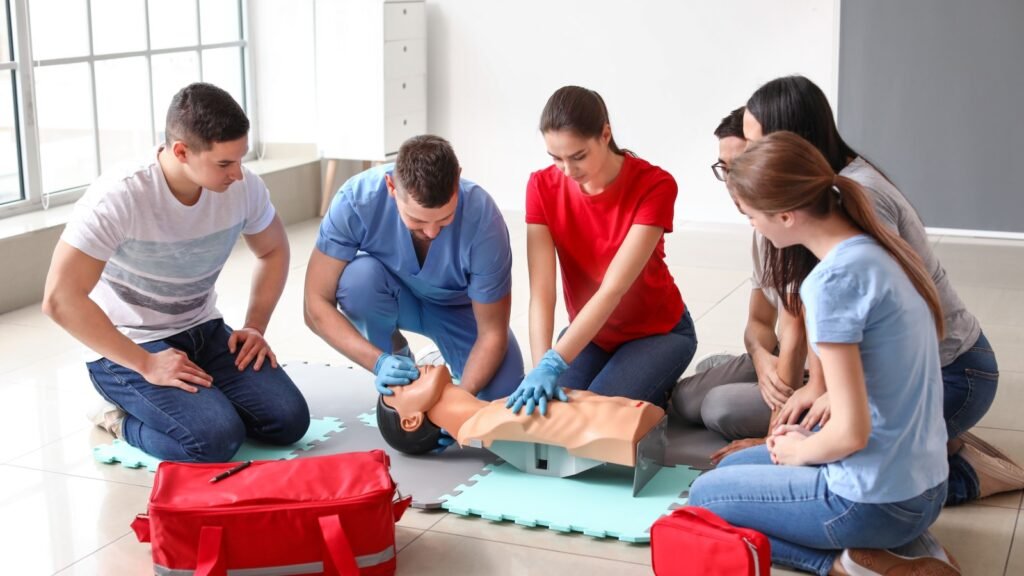
Cardiopulmonary Resuscitation (CPR) is one of the most important skills you can learn. In a medical emergency, when someone’s heart has stopped beating or they’ve stopped breathing, CPR can keep blood and oxygen flowing to the brain. Knowing how to perform chest compressions and rescue breaths can literally save a life while waiting for emergency services. Even in remote situations, your actions can buy precious time for the person in need.
How to Stop Bleeding
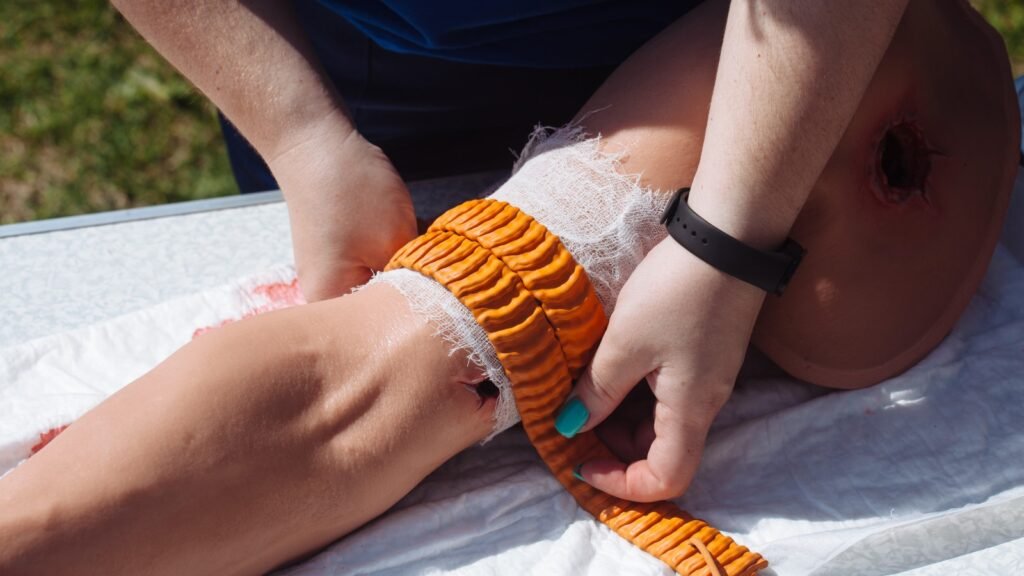
Severe bleeding can quickly become life-threatening if not addressed. Learning how to apply pressure, elevate the wound, and use a tourniquet are critical techniques for stopping bleeding. Whether it’s from a cut, a puncture, or a more serious injury, controlling blood loss is essential to prevent shock and other complications. Having the right supplies on hand, like gauze or a pressure bandage, makes all the difference.
Treating Burns
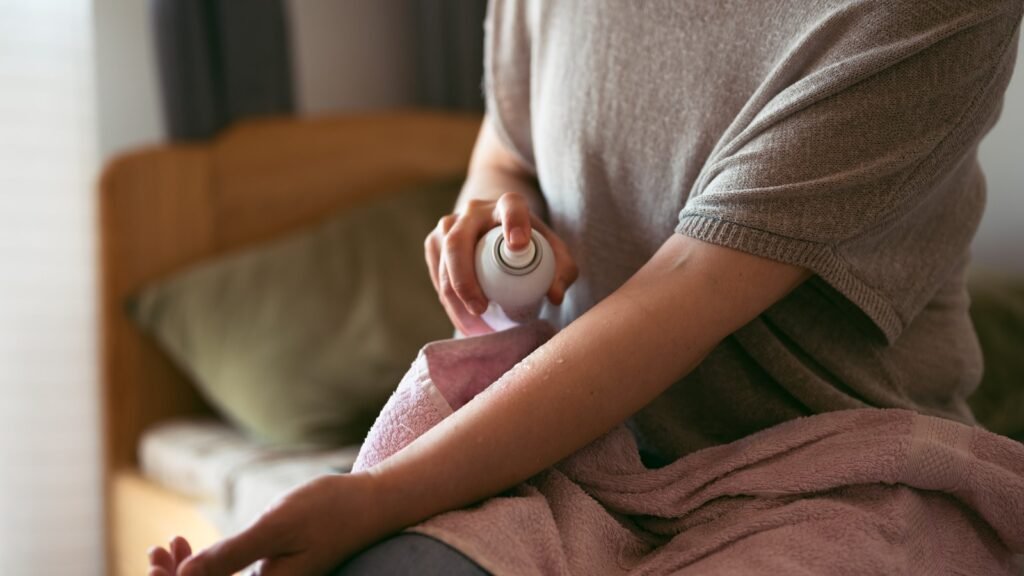
Accidents involving fire or hot surfaces can happen when you least expect them, especially when cooking outdoors or managing a campfire. Knowing how to treat burns properly helps prevent infection and long-term damage. From cooling the burn immediately to applying sterile dressings, it’s important to handle burns the right way. For second- and third-degree burns, professional care may be needed, but your quick action can prevent further harm.
Identifying and Treating Shock
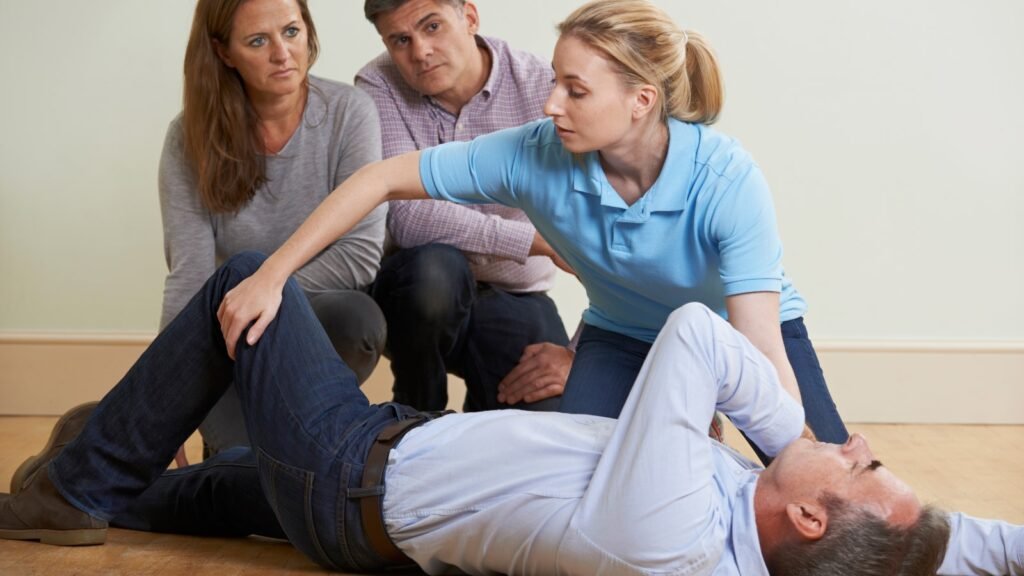
Shock is a life-threatening condition that can occur after major blood loss, injury, or even severe emotional trauma. Recognizing the symptoms—such as clammy skin, shallow breathing, and confusion—is key. Treating someone in shock requires keeping them warm, elevating their legs, and getting medical help as quickly as possible. Your ability to recognize and respond to shock could mean the difference between recovery and decline.
Managing Fractures and Broken Bones
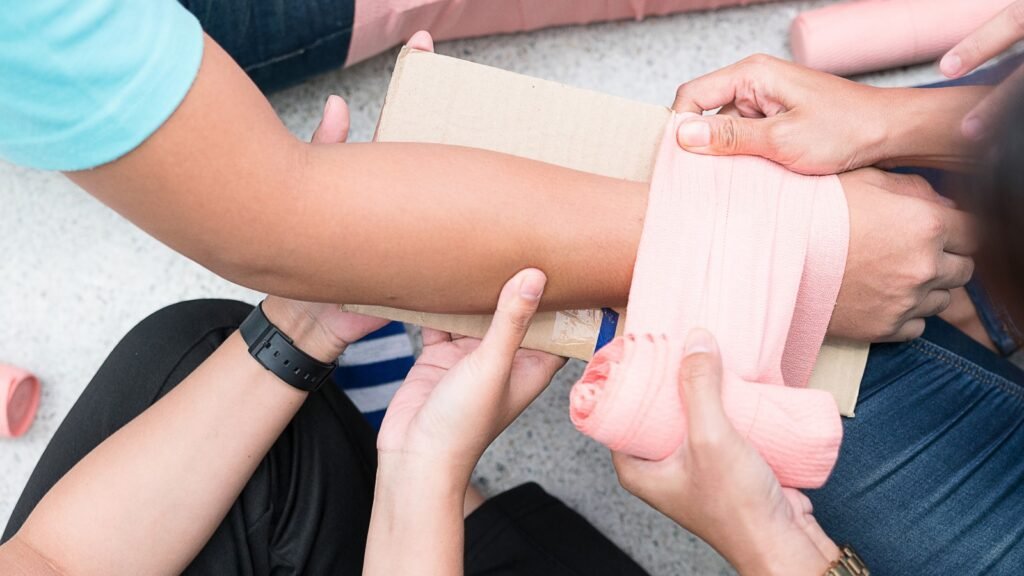
If someone suffers a broken bone, knowing how to immobilize the limb and provide comfort can prevent further injury and minimize pain. A makeshift splint, using items like sticks and cloth, can stabilize the bone. This is especially important if you’re far from professional help and need to keep the injured person from moving too much. The key is to reduce movement and wait for proper medical treatment.
How to Treat Hypothermia

Exposure to cold weather can lead to hypothermia, a dangerous drop in body temperature. Symptoms include uncontrollable shivering, confusion, and exhaustion. If someone is hypothermic, your first goal is to warm them gradually. Removing wet clothing, providing warm, dry layers, and giving them warm liquids can help restore their body temperature. Never use direct heat, as it can shock the system.
Treating Dehydration

Dehydration can sneak up on you, especially in survival situations where water may be scarce. Symptoms like dizziness, dry mouth, and confusion are warning signs. Knowing how to rehydrate someone with fluids—preferably electrolyte solutions—is essential. In more severe cases, dehydration can cause organ failure, so it’s important to recognize and treat it early.
Removing an Object from a Wound
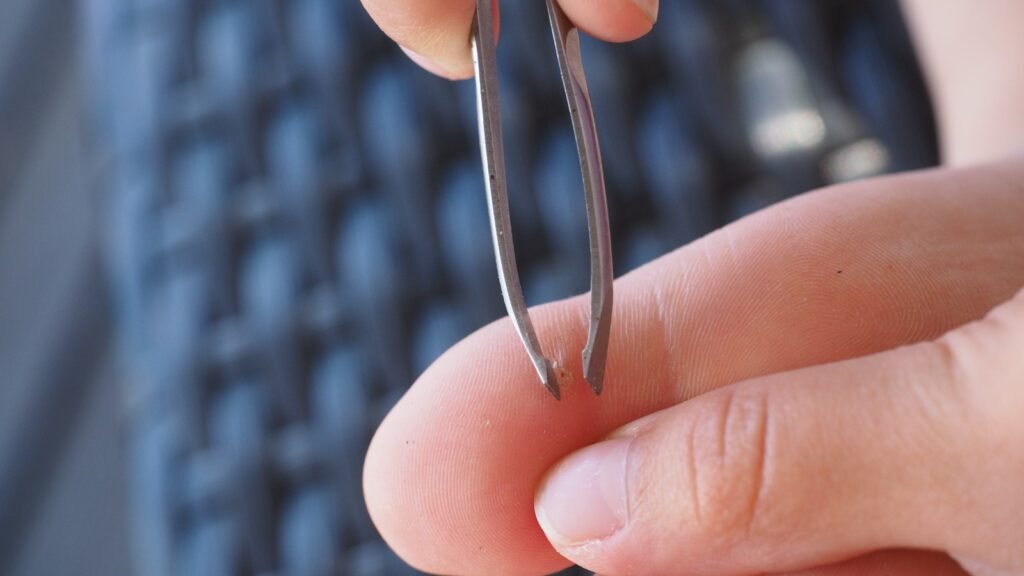
In a survival situation, the risk of getting punctured by a sharp object is higher than we might think. Whether it’s a shard of glass, a nail, or even a piece of wood, knowing how to remove foreign objects safely is critical. In some cases, it’s best not to remove the object at all to avoid worsening the injury. However, if it’s safe to do so, cleaning the wound and applying pressure afterward is crucial to prevent infection.
How to Handle Poisoning
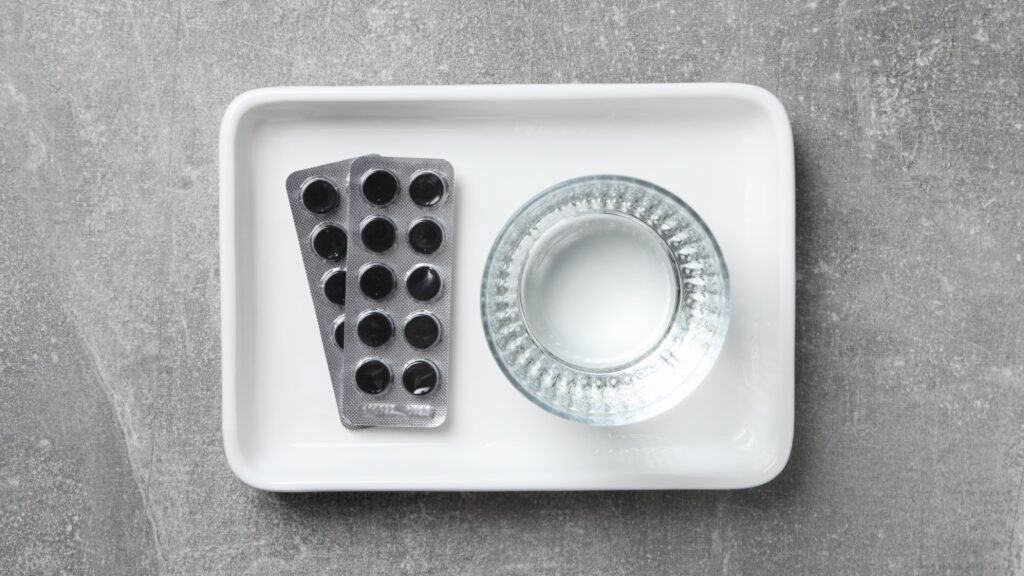
Poisoning can happen in many ways—from eating wild plants to ingesting household chemicals. Identifying the source of poisoning is the first step, followed by immediate action, such as giving activated charcoal (if available) or inducing vomiting (but only in certain situations). Understanding the signs of poisoning and how to respond quickly can make a big difference in someone’s chances of survival.
How to Recognize and Treat Heat Stroke
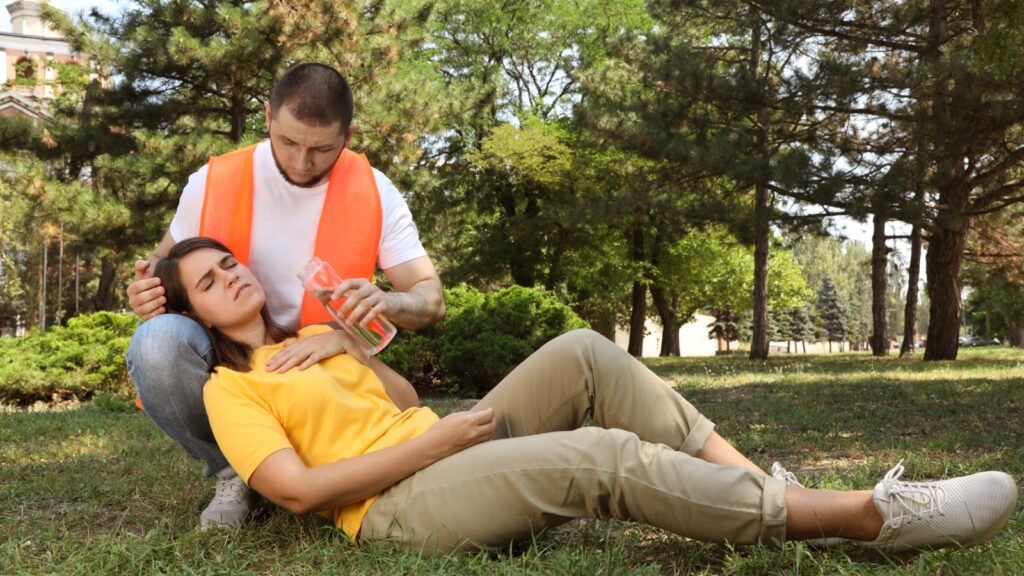
Heat stroke is a life-threatening condition caused by prolonged exposure to high temperatures, especially without proper hydration. Recognizing signs like red, hot skin, confusion, and lack of sweating is key to preventing death. Treating heat stroke involves cooling the person down rapidly—getting them to a shaded area, using cold compresses, and fanning them are great first steps. Immediate action is needed to avoid severe damage to the brain and other organs.

